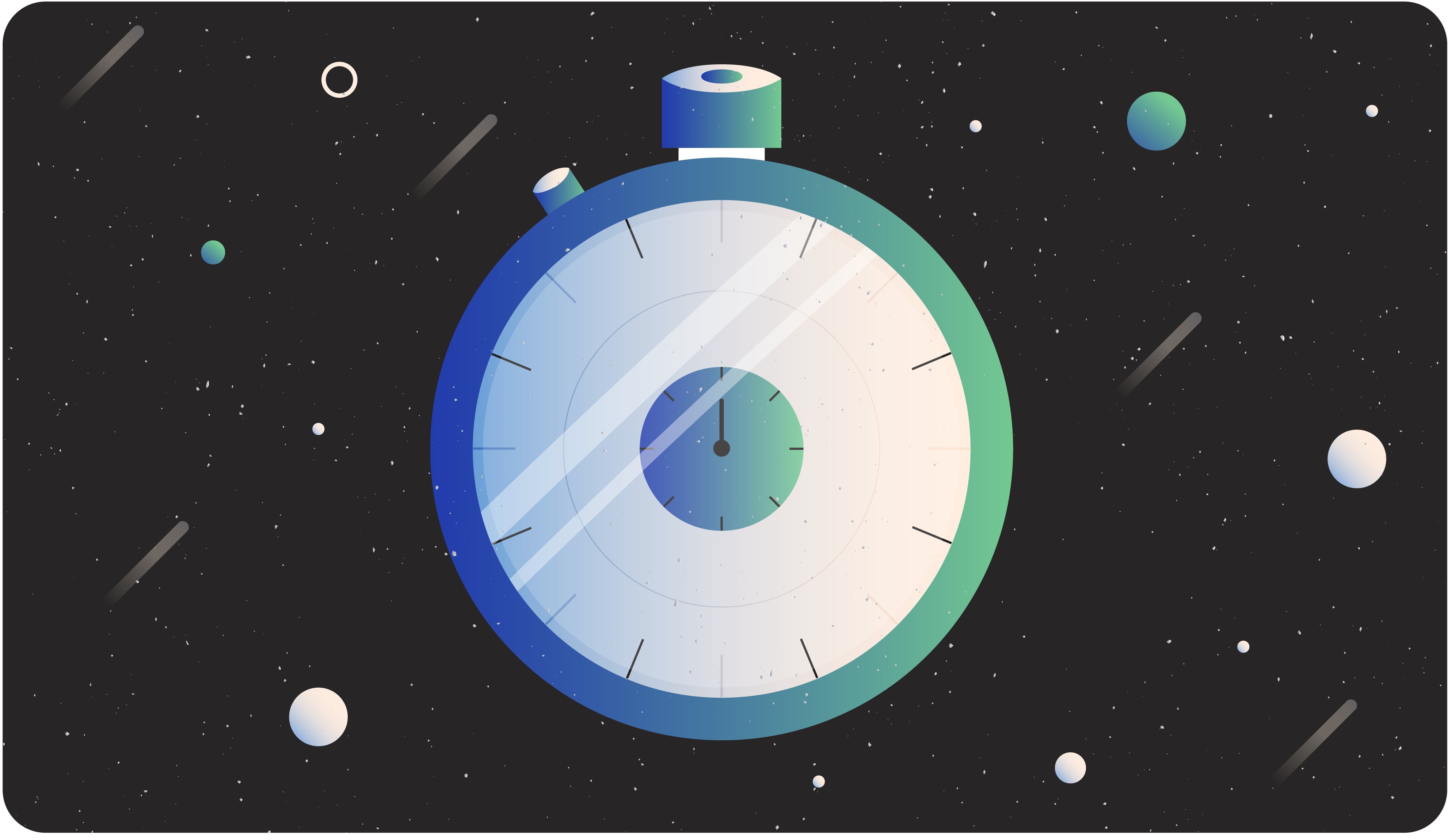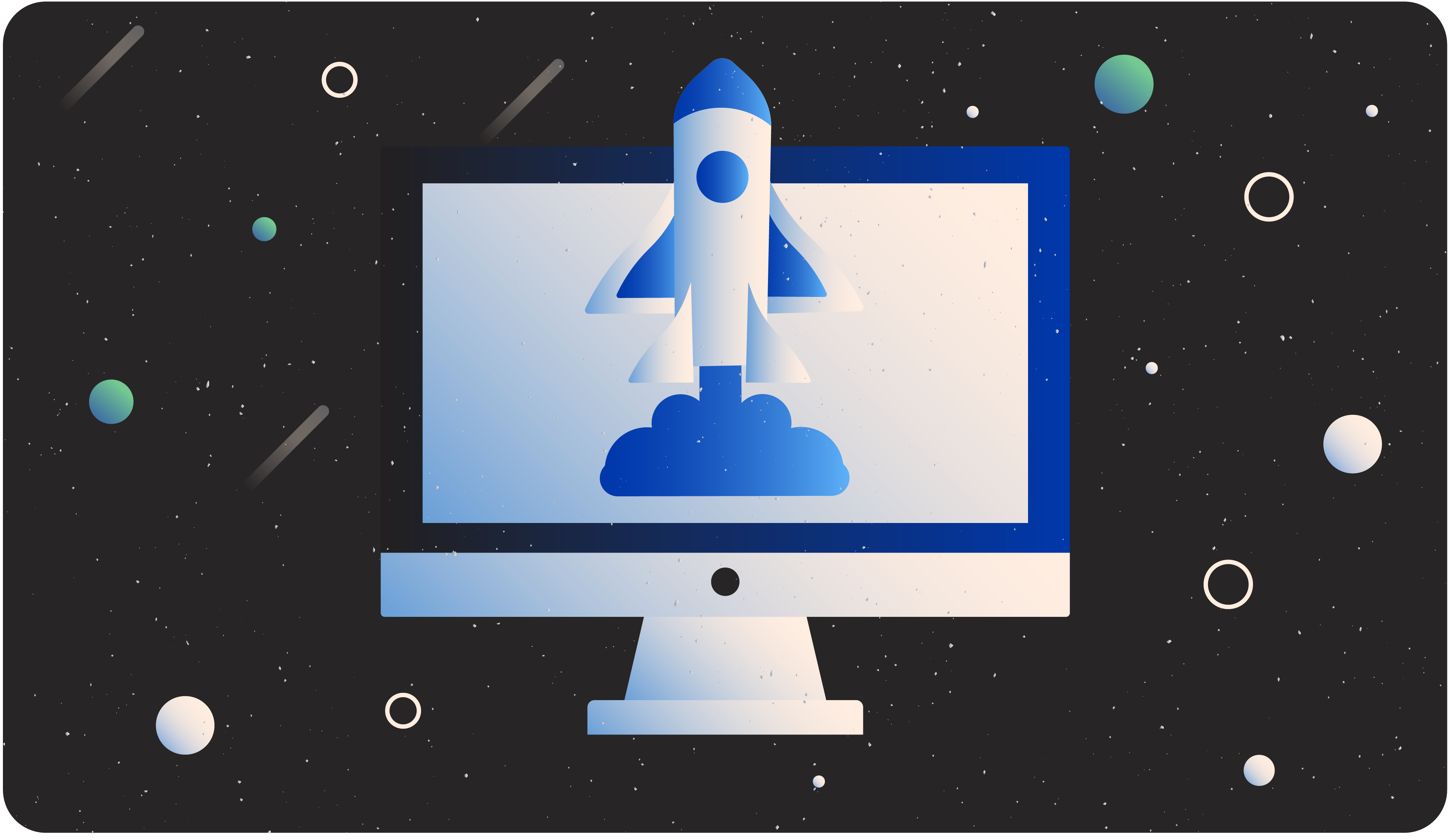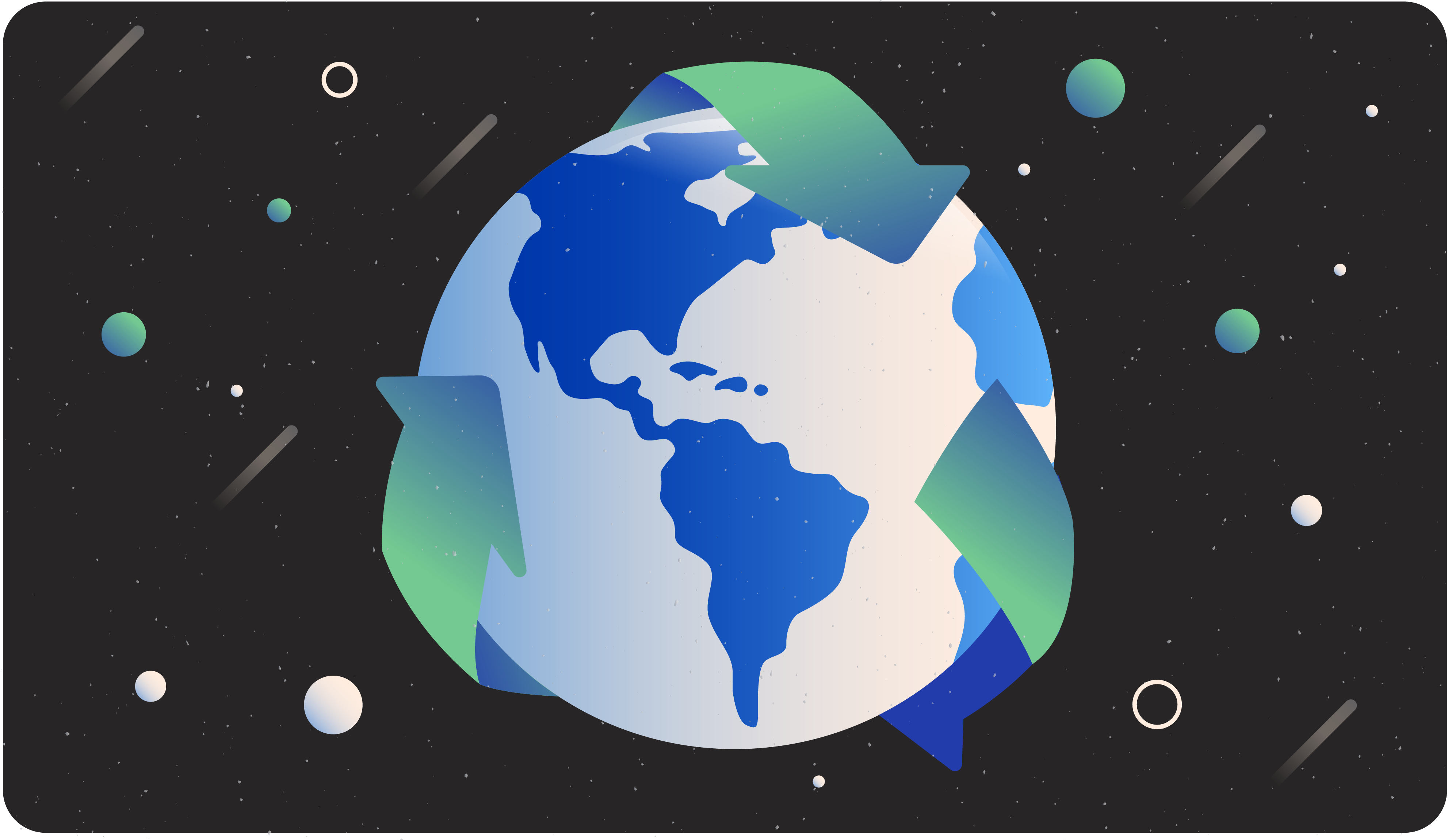Price what matters, when it matters most
B2B SELLERS HAVE MORE RESOURCES THAN EVER TO CONSTRUCT AN IDEAL STRATEGY
Logik.io supercharges the "Configuration" of Configure, Price, Quote and makes omni-channel configuration a reality, with an advanced product configurator, or as we call it, our Commerce Logic Engine. By making even the most sophisticated products simple to sell, sales can sell faster, and every customer gets exactly what they need.
How does Logik.io's Commerce Logic Engine Improve Configure Price Quote Software?

Flexible & Intuitive
Give your sales reps the tool they need to deliver a quote for products and services that fit exactly what your customer needs. No more picking through part numbers and product lists. Let Logik.io guide every seller to the perfect solution.

Maintain a Single Source of Data
Logik.io enhances the "C" of Salesforce CPQ, and is built directly on the Salesforce platform and within the Salesforce data structure, so you can still leverage all your product data in one central place. Logik.io works right alongside your existing system.

Lightning Fast Speeds
Logik.io adds a proprietary solving engine to Salesforce CPQ built to handle advanced product configurations with split second speed speed for sales reps to produce quotes faster for every product, for every customer, every time.
Table of Contents
SECTION 1 B2B Pricing Strategies
B2B pricing strategies are in a state of constant flux.
Many things surrounding B2B pricing have been changing, causing the need for B2B pricing strategies to evolve with them in order to keep up. For one thing, the pandemic caused huge shifts in the way people shop out of a necessity for social distancing and isolation, leading to massive eCommerce adoption.
The kind of customer experience B2B shoppers wanted also moved toward a more independent method that more closely mirrored the B2C buyer's journey and included customization options. Society as a whole has been shifting more products and services toward the subscription model as well. It's perfect for things people need on a constant or consistent basis, and with this method, everyone benefits.
Businesses get a steady stream of customers guaranteed to make consistent purchases. Consumers benefit by saving time on the purchase process. Since they'd have to buy more every so often anyway, subscriptions take care of reordering, so they never run out or forget. Plus, committing to a subscription often gets them a discount.
Consumers also expect more targeted marketing in their communications with businesses, like recommendations based on their needs, desires, and past purchases. They also want higher levels of personalization once they're on a business's website to make shopping easier and reduce friction in their purchasing process.
These changes have all influenced businesses' B2B pricing strategies. They needed a pricing governance system that allowed them to handle all these new facets of B2B pricing. Having the right pricing software allows businesses to offer custom products that shoppers can configure for themselves and implement a CPQ system to automate their B2B pricing.
They can utilize guided selling to give customers the independence they want while the CPQ system displays their B2B dynamic pricing changes automatically. One of the most relatable dynamic pricing examples can be found in fast food kiosks where users can configure their meals, customize their choices, and the pricing automatically reflects the changes. Another important component is pricing flexibility to allow for bundle, subscription, or deal pricing, among other options.
SECTION 2 What Is B2B Pricing?
There may be some people who are new to these concepts.
If you're asking yourself, what is B2B pricing exactly and how is it different from the general concept of pricing that everyone is already familiar with, then you're in luck! We're going to explain it. Pricing on its own is just the basic idea of deciding what things will cost. Simple, right?
However, B2B pricing strategy is a different beast altogether. B2B pricing stands for business-to-business pricing, meaning the process of determining the cost of products and services that businesses sell specifically to other businesses as opposed to B2C pricing which would be setting prices for things that businesses sell to customers.
For that reason, B2B pricing strategies need to be more complex and flexible than a B2C pricing strategy. B2C customers typically go through a simple eCommerce process, pay the same price as everyone else, and provide their payment via debit or credit card number at checkout. This is much simpler than the B2B process.
In B2B eCommerce, customers don't usually pay when they order. They may submit orders in various ways other than the standard checkout process, so the system needs to accommodate them. Many B2B customers don't have permission to make purchases without authorization either. Even after a price is agreed to by both parties, B2B customers don't pay at the time of purchase, an invoice is sent to them.
Also, B2B customers typically don't all pay the same price. That's why B2B pricing strategies often include various methods like dynamic pricing for custom-configured goods, negotiated pricing for contract clients, deal pricing for large volume orders, prestige pricing for luxury products, and so on. If you want to learn about any of this in more detail, B2B marketing strategy PDFs can easily be found online.
SECTION 3 B2B Pricing Tools
B2B pricing tools are how businesses can automate features like presenting dynamic pricing and discounts,
turning their B2B pricing strategies and customer selections into tangible orders that can be filled, and creating BOLs, quotes, and invoices to send to the customer. CPQ software is a great example of a useful B2B pricing tool.
Pricing solutions software isn't always a perfect fit that fills all of a business's needs exactly. However, it can be leveraged alongside plugins like B2B pricing calculators or whatever extension best fits your needs. The McKinsey pricing strategy is a method of using five modules to analyze conditions in real time and generate price change recommendations in response to real-world factors as they happen.
Due to the way it incorporates multiple factors into its analysis, including omnichannel pricing, competitor prices, and how the price affects demand and consumer perceptions, using the McKinsey pricing strategy can actually impact the larger market as a whole and then respond to the changes it caused in real-time. For that reason, this strategy should be considered a B2B pricing tool in and of itself.
SECTION 4 B2B Pricing Examples
B2B pricing can be extremely complex and difficult to understand at first.
This is especially true due to the fact that an item's B2B price can—and should—fluctuate in response to numerous factors. The McKinsey pricing strategy is a great example of this and shines some light on a number of the variables. It also provides a wonderful demonstration of how the process plays out.
Seasonal pricing is also something that can have a huge effect on B2B pricing trends. Pricing trends that may go unnoticed by businesses can be illuminated by B2B pricing analytics. That's why B2B pricing analytics are so important. They can detect patterns that people can't and analyze massive amounts of data in a fraction of the time.
All of this complexity makes the topic rather dense and difficult to digest. B2B pricing examples can provide a lot of insight into these nuanced issues. There are also great resources like B2B pricing strategy PDF guides to help break everything down into easier and more detailed explanations. They often contain great B2B pricing examples to help people understand how these concepts work in practice.
SECTION 5 B2B vs B2C Pricing
While we went over the very basic differences between B2B vs B2C pricing, there's a lot more to it.
The topic contains a great deal of nuance and can often depend on the industry in question. That's why there's even specialized B2B pricing software for particular industries like business services, manufacturing, technology, and medical devices.
All the factors that go into B2B pricing strategies and how different they are from B2C methods also make it necessary for B2B pricing software to have solutions that work in those scenarios. As we covered earlier, it's also necessary to understand all the factors that go into different B2B pricing trends and the best practices for responding to them.
This is a lot of information that contains a ton of subtle distinctions. It can be very helpful to look over more detailed resources on the subject. There are guides meant to help people understand the difference between B2B and B2C with examples. You can even go into specific guides for topics like what is B2B and B2C collections in eCommerce businesses. There's a lot of helpful information out there.
SECTION 6 B2C Pricing Strategies
B2C pricing strategies exist to set the cost of products and services sold to individual customers all generally paying the same price.
Since B2C customers provide their payment at checkout, B2C systems don't need the same variation as B2B ones. Plus, B2C transactions only allow a few of the most common payment methods.
All that standardization makes the subject of B2C pricing a much simpler one than that of B2B pricing strategies. In addition to that, the B2C pricing strategies themselves are also much simpler. If you look at some B2B pricing strategy examples, you'll notice that many of them leverage a simple competition-based pricing method. It doesn't have nearly as many variables as B2B pricing strategies can.
Researching some competitive pricing company examples can give you a better idea of the types of businesses that use this approach. Competition-based pricing is quite common, so it shouldn't be hard to find plenty of specific competitive pricing examples to illustrate the point further. All of these reasons highlight why B2B pricing strategies require specialized B2B pricing software solutions that have systems in place to handle the unique needs of B2B eCommerce businesses.
SHARE